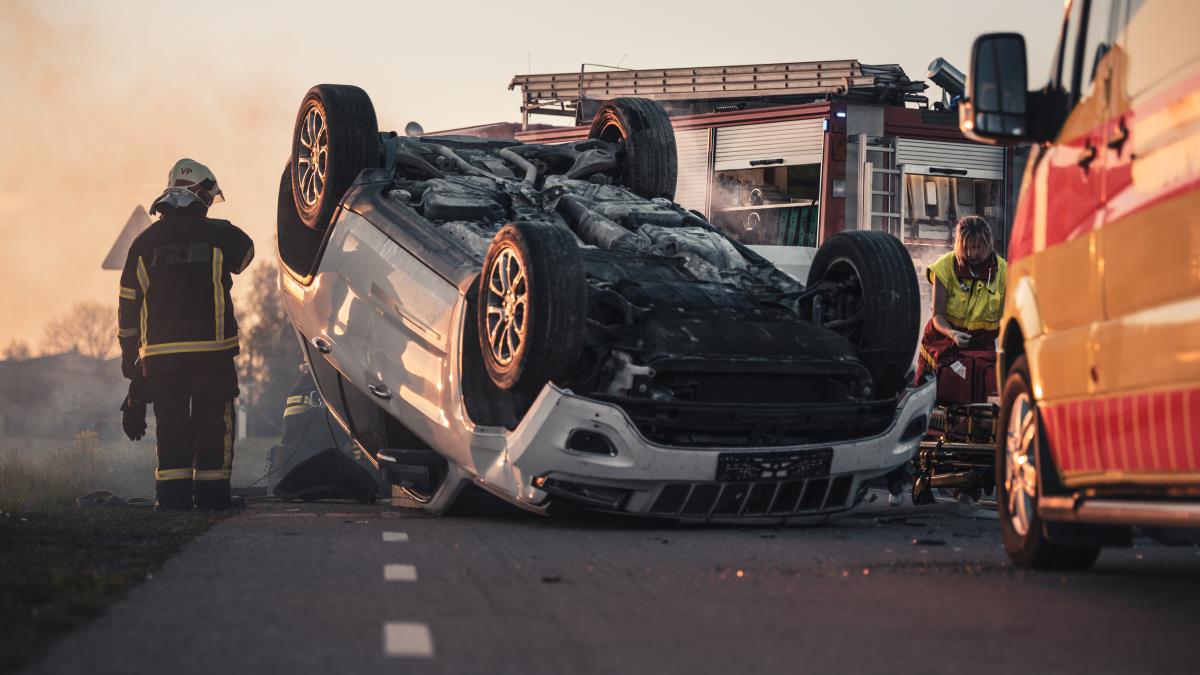Moving safely: MUSA in the field against road accidents, a meeting to raise student awareness
On 30 October at the Bicocca University the meeting organised with BASE, CEMTET and PIRELLI
Moving safely. Road accidents, risk behaviour and prevention. This is the theme of the meeting organised by MUSA, with the collaboration of BASE, CEMTET and PIRELLI, to inform and train students on risk behaviour when driving vehicles – in general and two-wheel vehicles in particular – on the causes and consequences of road accidents and on primary and secondary prevention.
Next 30 October at the Aula Martini of the University of Milan Bicocca, the meeting, scheduled from 10.30 a.m. to 12.30 p.m., will be opened by Giovanna Iannantuoni, president of MUSA and Rector of the University.
It will then be the turn of Matteo Colleoni, Sustainability Delegate and Mobility Manager of the University of Milan Bicocca and President of the Technical Table Mobility Management of the Ministry of Infrastructure and Transport, to outline the structure and dynamics of road accidents in Italy and in Milan.
A report supported by up-to-date data that will shed light on the Milanese and national phenomenon: although in the last fifteen years road accidents and their consequences in terms of injuries and deaths have decreased, their number is still too high. With the risk of jeopardising the possibility of achieving the goal of halving the number of road deaths by 2030 and the goal of zero road deaths by 2050.
From a statistical point of view, weaker road users, pedestrians, young people, the elderly and two-wheelers continue to be more exposed to the risk of accident and death. The causes: excessive speed, disregard for the rules, distraction and road congestion.
Speaking on secondary prevention and safety in urban mobility will be Giorgio Novelli and Gabriele Canzi, respectively from the University of Milan Bicocca and the San Gerardo Hospital in Monza and Niguarda Hospital. Among the focuses addressed will be the Integrated Rescue Service for the patient victim of major trauma, consisting of a chain of interventions involving professional figures and organisational resources to optimise care from the scene of the accident to the patient’s rehabilitation.
And again, the collection of data in the Regional Trauma Register allows its analysis, transforming the accidental trauma event into a phenomenon with periodic, reproducible and predictable characteristics. The data highlight the emergence of behaviour ‘at risk’ for the safety of citizens. Studying the characteristics of means of transport, especially two-wheelers, makes it possible to understand their vulnerability and to identify the importance of using appropriate passive protection systems.
Among the scheduled speeches will also be that of Andrea Taverna, who works for the State Police on psychological support for personnel and victims involved in road accidents, and on the dissemination of safety from primary schools to high schools. Referent of departmental training projects on road accidents, he is a trainer and instructor on road homicide issues.
Paying attention to the results of a number of projects carried out in Milan and Lombardy in recent years, the speech focuses on road safety education and raising awareness of the road user’s perception of risk and danger. Attention is devoted to the difference between road accident and road violence and to the analysis of the feelings, emotions and actions that first intervention operators experience and implement during the detection of a road accident and in the management of its consequences.
Finally, Stefano Porro, Pirelli’s Future Mobility Manager, will address the theme of the role of companies in road safety. For several years now, companies in the automotive sector and its components have been sharing the effort to develop and deploy technologies suitable for building and placing on the market products that are increasingly safe and suitable for limiting the risk of road accidents and limiting the damage in terms of deaths and injuries. Included in the ‘improve’ category of the well-known European ASI (avoid, shift and improve) strategy to move towards safer and more sustainable mobility, these interventions have also affected the tyre sector in order to make vehicles safer and limit polluting emissions.





